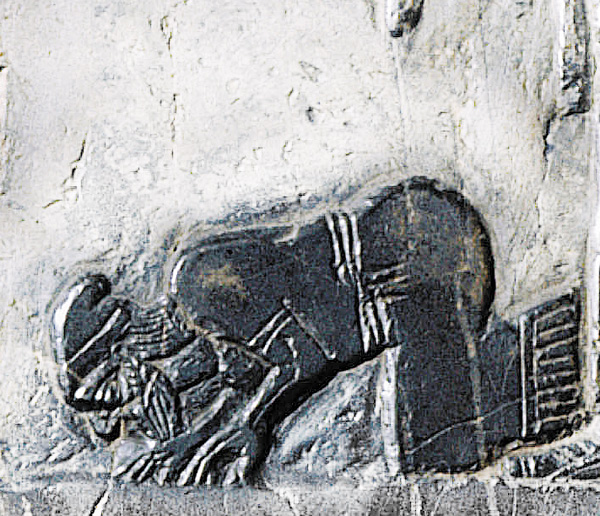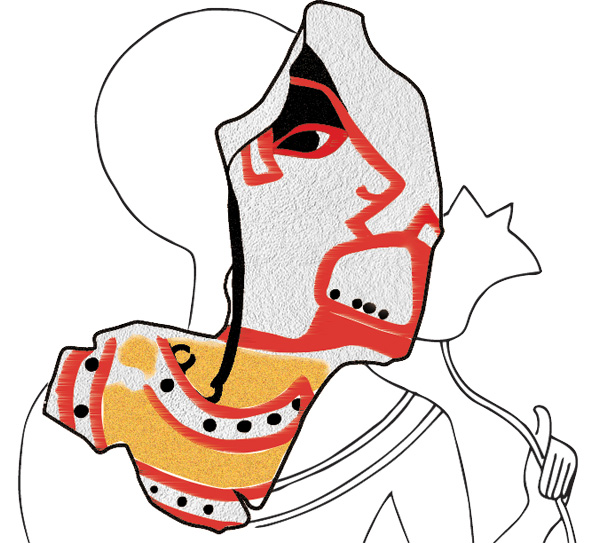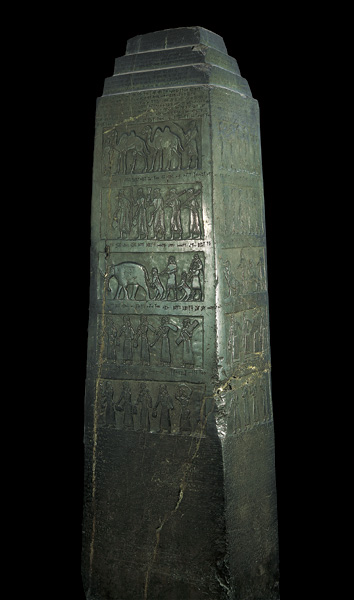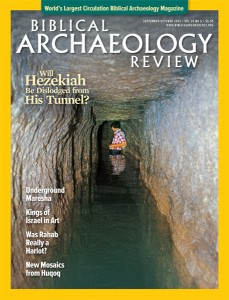

Has archaeology provided us with a visual portrait of an Israelite king? Well, yes and no. Or rather, no and yes.
The “yes” is on the famous Black Obelisk in the British Museum, often thought to include a portrait of the Israelite King Jehu bowing before the Assyrian monarch. Alas, it is really a “no.”

The “yes” comes from Kuntillet ‘Ajrud, a barren site just over the southern border of Judah in the Sinai. But don’t expect to find any distinct features of a Hebrew king in this portrait.
The 6.5-foot-high Black Obelisk was excavated in 1846 by the great British archaeologist Henry Layard at Calah, the ancient Assyrian capital. Each of the four sides of the rectangular black limestone monolith is 1.5 feet wide and is elaborately sculpted with reliefs and cuneiform inscriptions. The theme of it all is to glorify the conquests of the Assyrian monarch Shalmaneser III, who ruled Assyria from 858 to 824 B.C.E.
Already a library member? Log in here.
Institution user? Log in with your IP address.

